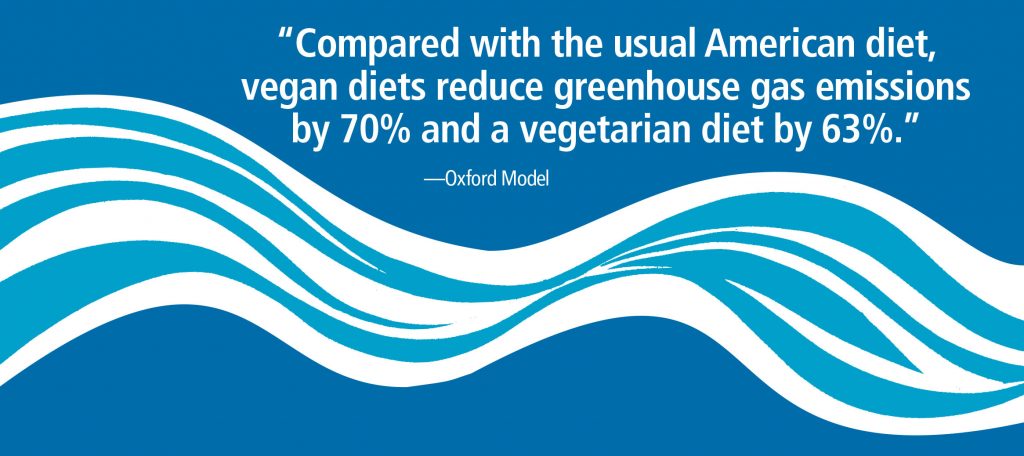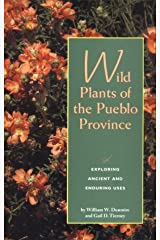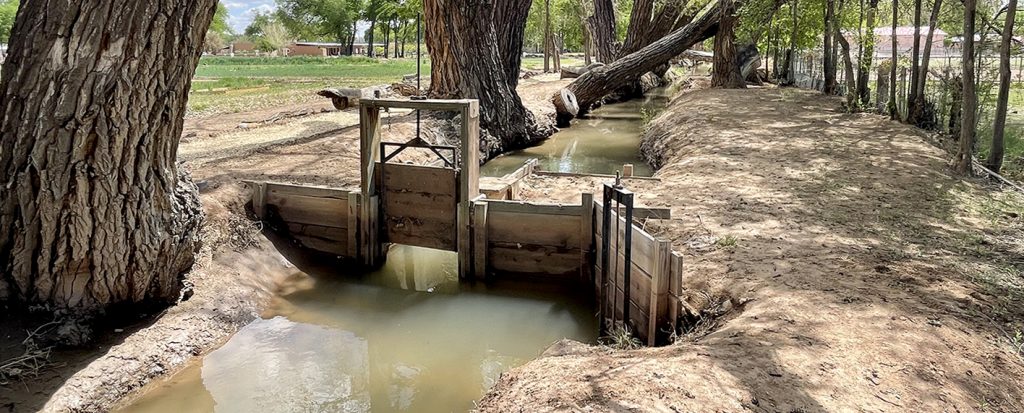Issue 3 – mid Rio Grande Times – May 2021
Collaborators – Sue Brown, Sherri Burr, Kathy Chilton, Donna Detweiler, Rosie Dudley. Ken Gingerich, Adrienne Jones, Santiago Maestas, Doug Meikeljohn, George Muedeking, Deb Scott, MJ Zimmerman

Issue 3 – mid Rio Grande Times – May 2021
Collaborators – Sue Brown, Sherri Burr, Kathy Chilton, Donna Detweiler, Rosie Dudley. Ken Gingerich, Adrienne Jones, Santiago Maestas, Doug Meikeljohn, George Muedeking, Deb Scott, MJ Zimmerman

Food justice is a concept to reflect on. Historically, you grew food for yourself, your family, and to barter and share with your community in time of need. The system is now big business and ninety percent of the fresh food we eat in New Mexico is brought in from elsewhere, mainly California and Mexico, and sold to us in stores. However, for every dollar you spend on food grown locally, it multiplies and creates a dollar and seventy cents in our economy. The food justice movement envisions a system that is inclusive, community-led, and participatory without exploitation of people, land, or the environment.
In Covid times there are additional learnings. A supply network is critical not only for respirators and personal protective equipment but also for food. We have become dependent on an out-of-state food network and transportation system. Without local food sourcing, we can become victims of food insecurity in times of disasters.
To support local food sourcing, food justice and our local economy, we offer a current guide for local sources of fresh food as well as foods which are processed from food grown in the mid Rio Grande Watershed…fresh food, vine ripened. Go to Local Food Sources on the Menu bar for updates on local availability.

Wild Plants of the Pueblo Province: Exploring Ancient and Enduring Uses, by William W. Dunmire
This book is a sturdy trail guide to identify and learn uses for plants in the pueblo world. “Pajarito Plateau and the mid Rio Grande Valley feature a diverse plant community that is virtually unrivaled in western north America.,” according to ecologist Dunmire and botanist/anthropologist Tierney
The first sections are dedicated to outlining the geological and archeological history of the area, tracing the development of Puebloans from the early foragers to the Anastasi and then to the present day descendants. Influences from the Spanish colonizers and other immigrants are woven in. Surprising facts about changes in diets and daily activities are detailed.
I picked up this book at my local branch library when I first moved to the area. I was mesmerized by the contents and could not put it down. Not only are the photographs unusually clear so to easily identify plants, but the writing is full of stimulating material about the uses Puebloans found for particular plants.
The book seems to be begging you to get out onto the trail and to discover plants in a way that makes you feel a part of local history and of the special knowledge that is a part of indigenous culture. by George Muedeking

Indigenous people of the Southwest have long irrigated their fields by digging earthen canals and by using flood irrigation. These practices go back well over a thousand years. The governance structure is part of pueblo spirituality. Since water is feminine, women play an important role in issues involving water. State laws do not apply to pueblo water distribution practices.
Acequias also have a very long history. The word comes from the Arabic and traces back 8,000 years to the Middle East. Moors from northern Africa brought the practice into Spain where not only were acequia leaders elected but there was also a court system. When Onate led European settlers into this mid-Rio Grande region, they forced indigenous people to dig acequias for their villages, knowing how critical water was to both human and plant life. There are now 640 acequias across New Mexico.
Acequias are a community form of irrigation led by an elected mayordomo. Users of the ditch have an agreed upon code as to when and where work will be done to keep the ditch clean and functioning. Some consider acequias to be the first form of democracy in the U.S. because of their one person/one vote form of governance. New Mexican acequia laws have evolved to provide easements across public and private property so the ditch users always have access for maintenance. The legal descriptions protect New Mexican water traditions. But acequias are about more than water…
Continue reading
The bosque is a narrow strip of cottonwood forest on both sides of the Rio Grande, a wild river ecosystem running the length of New Mexico and right through the heart of its major city, Albuquerque. A few years ago, the mayor of Albuquerque put forth a plan for a new bike trail through this forest. We did not need a new trail. There were already walking trails beside the river and a bike trail on the levee on the east side of the forest, but he wanted a trail right through the forest, so people could be down among the trees as they rode. His goal was that more citizens of Albuquerque would enter the bosque and learn to enjoy it.
A number of environmental organizations protester: it is narrow strip of land, quietly using a wild ecosystem. A wide, smooth trail would promote rapid biking and disrupt the lives of the animals there. We lost our plea for a different kind of trail, one what would make people slow down and take in the forest around them. The new trail did achieve its stated goal: many more people now enter the bosque, using this trail to walk or ride, some very rapidly, and they seem to be enjoying it. But are they really seeing the richness that is there? The dialogue about the new trail opened up the question in my mind: what does it mean to enter the bosque?
When I moved to Albuquerque 20 years ago, I happened to buy a home near the bosque. Influenced by some reading I was doing about indigenous ways of knowing, I decided to try to learn the ecosystem of the bosque simply by spending a lot of time there, observing it in all seasons, all times of day and night, and purposely not learn the scientific names for species, nor depending on book knowledge. I had never lived in the southwest high desert before, so it was all new to me. I walked there almost daily, and kept my eyes, ears, and all senses open, just taking it in, day after day after day. Admittedly this was a bit of a romantic notion, and I knew I could never copy how traditional indigenous people actually learn their ecosystems because I had no culture handing knowledge down to me, and was not dependent on this forest for my livelihood. Plus, I was starting late in life. But it has been a fulfilling and rewarding experiment. This was only a beginning…
Continue reading